2ft Wide 3ft Tall Kitchen Base Cabinet
You are here: Home / Cabinetry Terms with Pictures
Cabinetry terms with pictures
This is a list of definitions and terminology of kitchen parts and kitchen cabinet parts. If you are involved in a new or remodeled kitchen you have certainly come across the unique words and terminology that define kitchen parts and kitchen cabinet parts. This definitions page explains a wide range of words and phrases used in new and remodeled kitchen projects. We have included pictures of cabinet parts to help you clearly see what is what. We hope these definitions will help you better understand the choices you have when remodeling an existing kitchen or building a new one.
Kitchen Cabinet Terminology
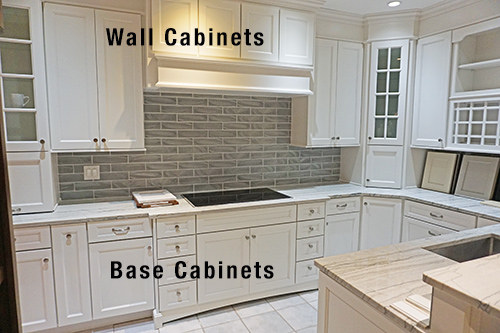
Base Cabinet
A cabinet that sits on the floor. These cabinets usually support the countertops. They differ from wall cabinets which hang on the wall. Base cabinets are typically 24" deep, and vary by width.
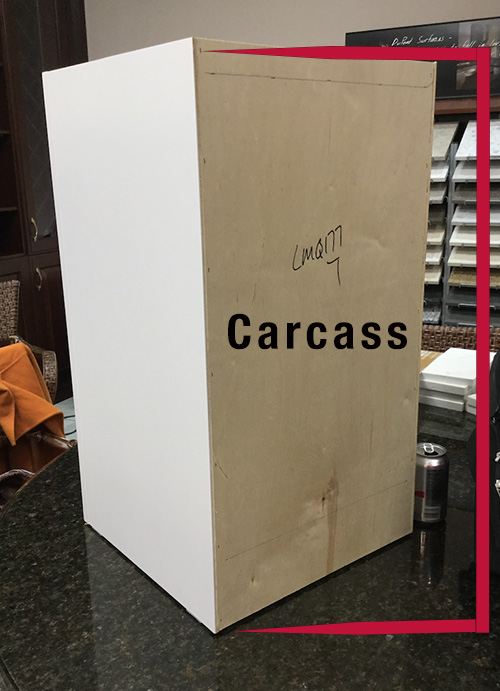
Cabinet Carcass
The entire box of the cabinet.
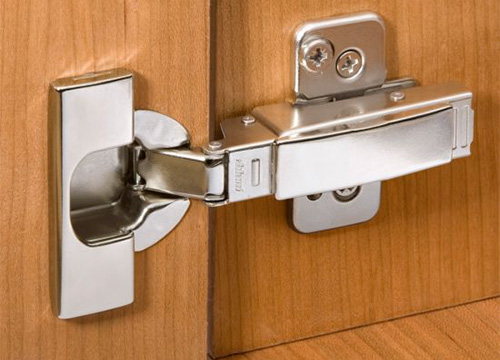
Concealed Hinge
A hinge that is not visible on the front door of the cabinet. Concealed hinges are attached to the inside of the door.
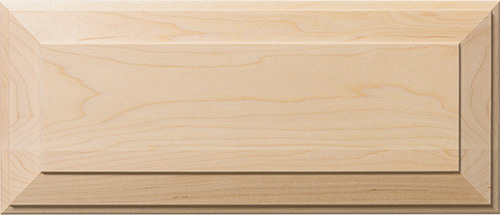
Drawer Face
The front piece that is attached to the drawer box. Can also be called the drawer front. This is where the drawer handle is attached.
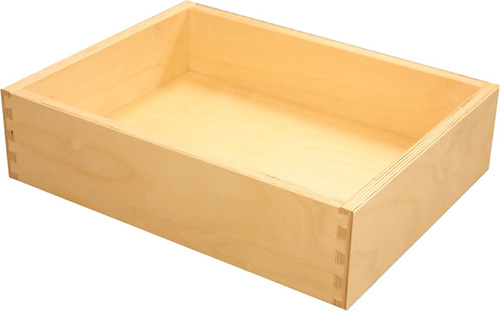
Drawer Box
The box of the drawer - typically excluding the front face, but sometimes the front face is part of the drawer box.
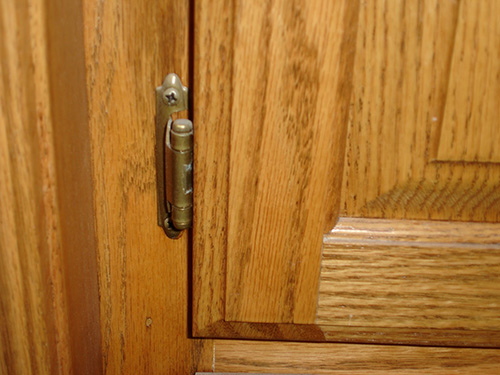
Exposed Hinge
A hinge that is visible on the outside edge of the cabinet door when the door is closed.
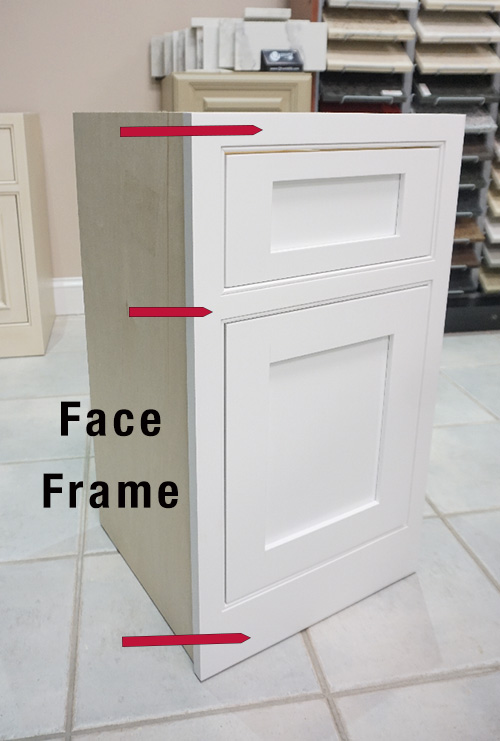
Face Frame
The wood frame that is attached to the front edges of the box of the cabinet. The frame adds strength to the box and the cabinet doors are inset into the face frame for a clean look. Face Frame cabinets differ from frameless cabinets by adding this wood frame around the front of the cabinet, frameless cabinets have no front face frame.
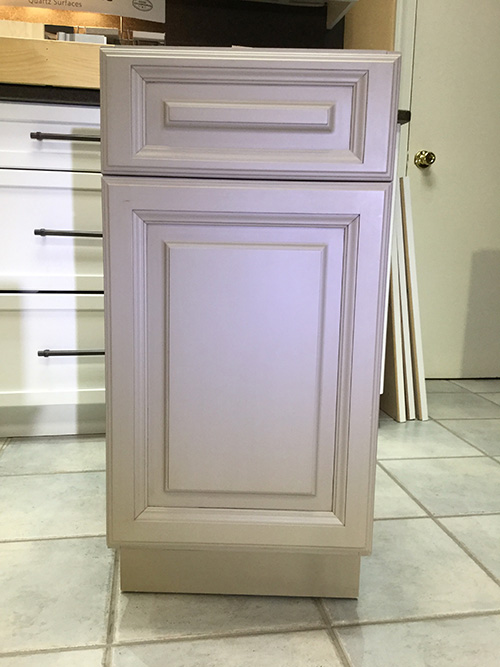
Frameless Cabinet
A cabinet that does not use a frame on the front edge of the cabinet The front of the cabinet exposes the sides, top and bottom of the cabinet box, the full width and height doors then cover the cabinet box to the edges.
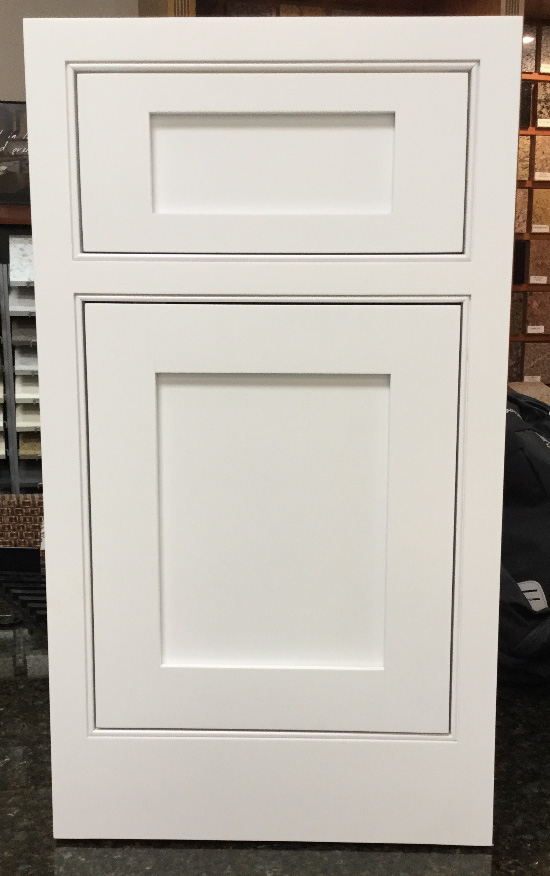
Full-inset
A cabinet style where the doors fit inside of the face frame when they are closed (as opposed to sitting on top of the face frame which is what you have in a frameless cabinet).

Full Overlay
A cabinet style where the cabinet door or drawer covers all of the cabinet frame so that only the cabinet door is seen with no part of the face frame visible.
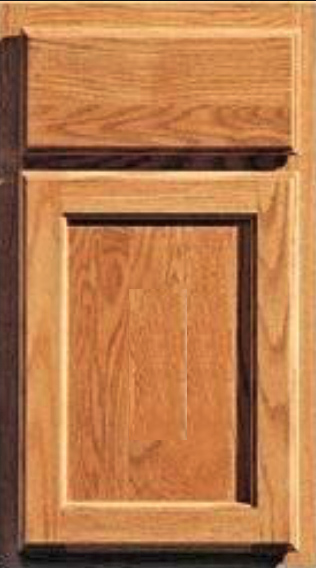
Partial overlay
A cabinet style where the cabinet door or drawer partially overlaps the cabinet face frame. When the drawers or doors are closed part of the face frame remains visible.
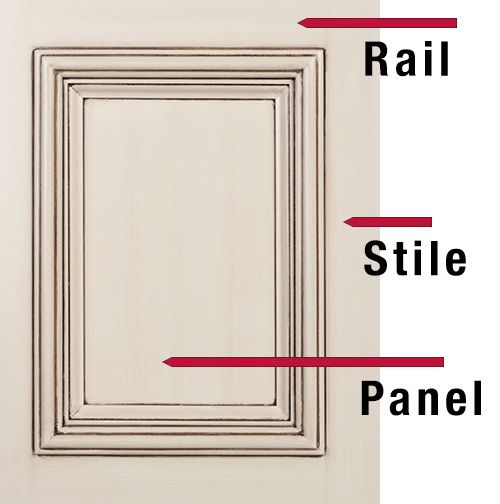
Rail
The horizontal pieces of a face frame or door frame
Stile
The vertical pieces of a face frame or door frame
Panel
The center section of a door

Toe Kick
The set back or cutout at the bottom of a cabinet that allows room for feet when standing in front of the cabinet.

Wall Cabinet
Cabinets that are mounted to the wall - differs from base cabinets which sit on the floor. Wall cabinets are typically 12" deep.
Kitchen Cabinet Construction Materials Terminology
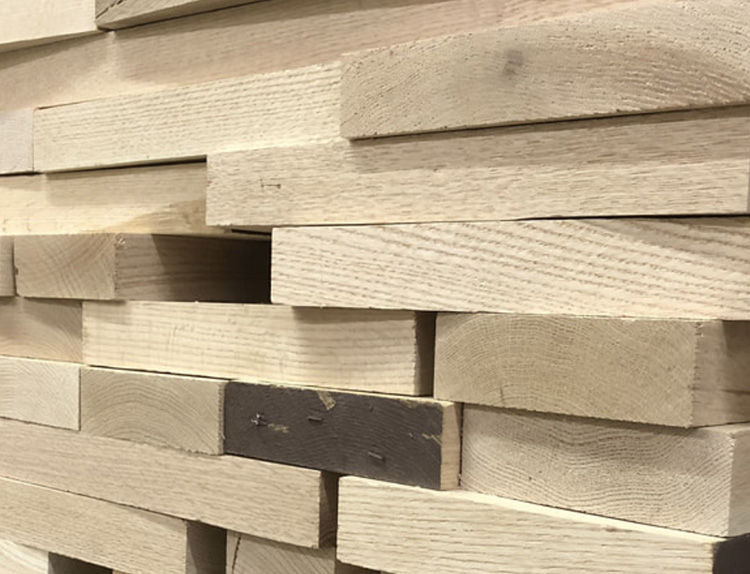
Hardwood
The wood from leaf-dropping trees is the hardest strongest and most durable wood that nature produces - the choices also make great kitchen cabinets. Examples include: oak, maple, hickory, cherry, alder and possibly exotic hardwoods like lyptus.
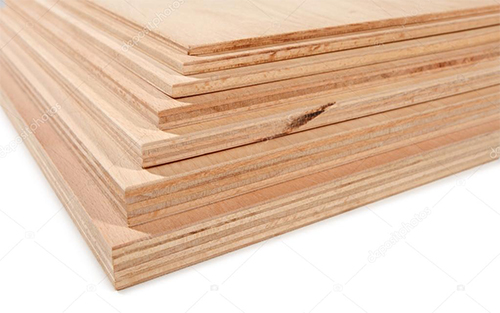
Plywood
Layers of medium to softer woods glued together to form a strong cabinet building material. The wood grains of each successive layer run at different angles, this creates strength that exceeds solid hardwoods. Relatively easy to work with.
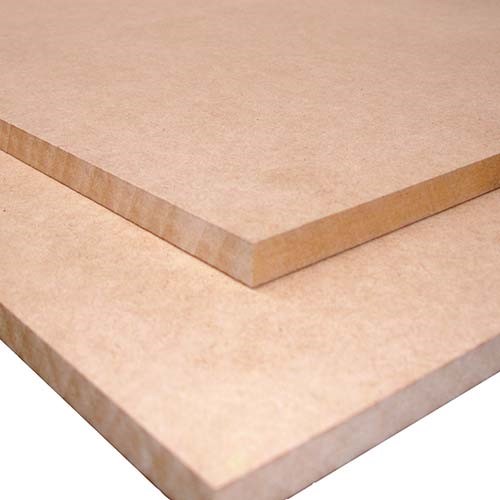
MDF - Medium-density Fiberboard
MDF wood is fine wood fibers and glue that have been fused together with pressure and heat. The material is strong and relatively inexpensive - especially when compared to hardwoods. Does not expand and contract, and readily accepts wood veneers.
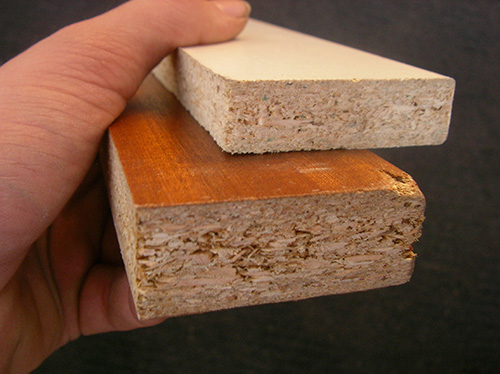
Particle Board
Is basically sawdust and glue that have been fused together with pressure and heat. The material is not as strong as MDF.
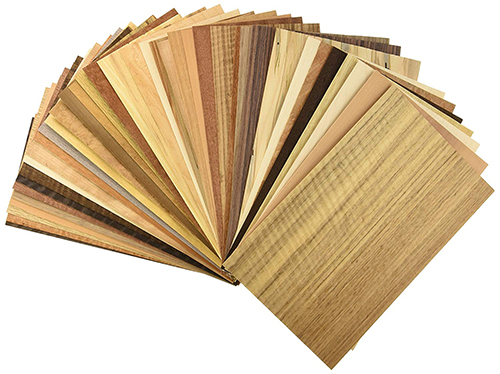
Wood Veneer
Is thin sheets - typically of real wood - glued to a substrate like Medium-density Fiberboard. Veneer gives you the appearance of solid wood cabinets, without costing as much.
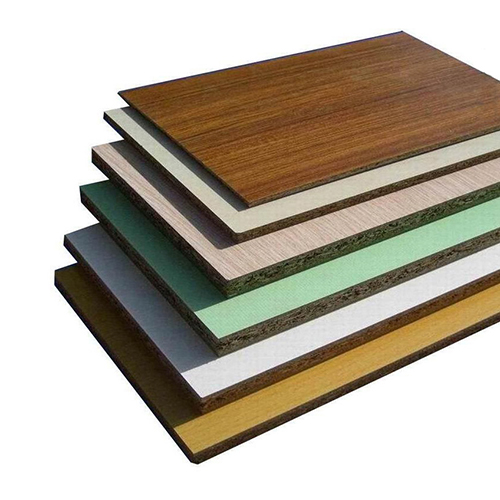
Melamine
Is thin sheets of plastic - fused to a substrate material like MDF board. Plastic is more scratch and stain resistant than wood. Melamine comes in an almost endless assortment of colors.

Metal
Most often stainless steel, steel or aluminum - metal doors are known for their strength and durability.
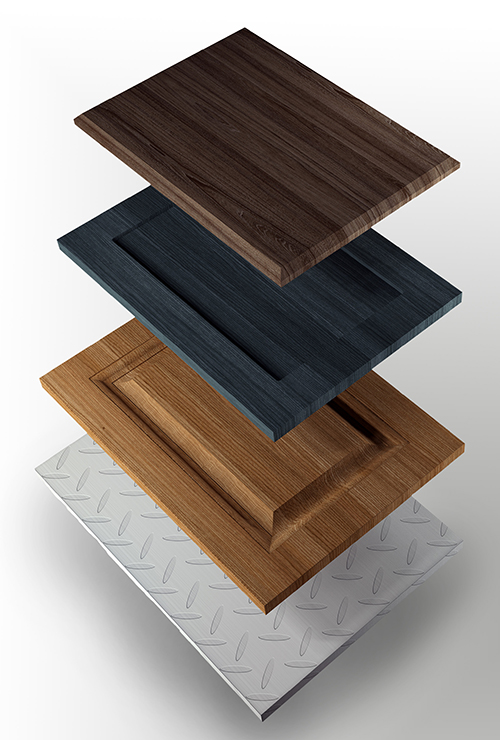
Thermofoil
A thin layer of vinyl that is vacuum-pressed onto cabinet doors and drawer fronts that are typically constructed of medium-density fiberboard. Creates an easy to clean surface, wide range of colors and the option for high gloss finishes.
Kitchen Cabinet Joint Construction Techniques
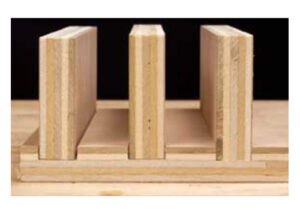
Dado Joint
A square or rectangular slot through one piece of wood that accepts another piece of wood. Typically glued as well as nail together it creates a strong joint.
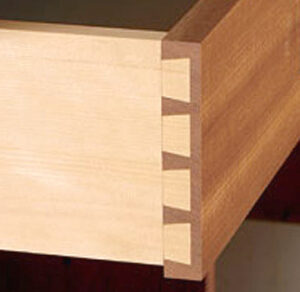
Dovetail Joint
A series of 'pins' that extend from the end of one board interlock with a series of 'tails' cut into the end of another board. The pins and tails have a trapezoidal shape. Can be glued only, does not require nails. Resists being pulled apart - a strong joint.
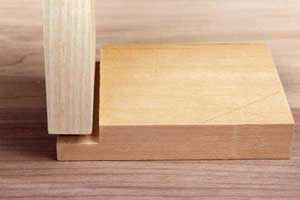
Rabbet Joint
A notch cut with or across the grain on the edge of a board with the two sides 90º to each other.
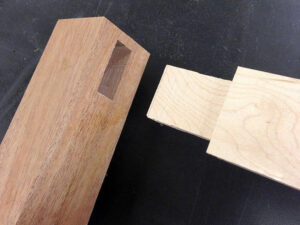
Mortise and Tenon
The basic mortise and tenon is comprised of two components: the mortise hole, and the tenon tongue.This is not a common joint in kitchens but may be used in certain components like islands, kitchen desks, and bathroom vanities.
Kitchen Molding
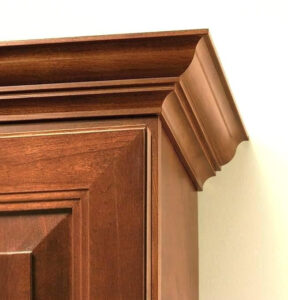
Crown Moulding
Goes on top of the cabinet. May or may not connect cabinet with the ceiling.
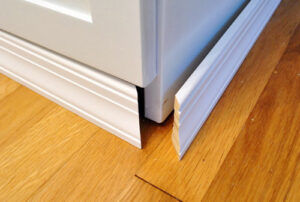
Base Moulding
Goes on the bottom of the cabinets and typically connects with floor
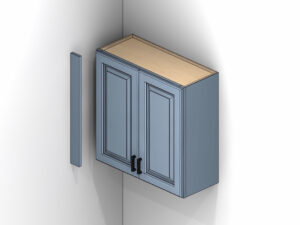
Filler Moulding
Fills gaps between cabinets and walls or cabinets and cabinets
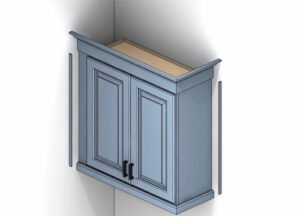
Scribe Moulding
Finishes of sides of cabinets against the wall
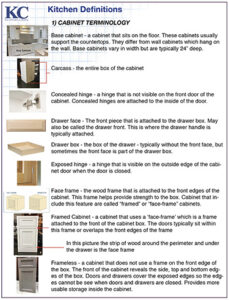
2ft Wide 3ft Tall Kitchen Base Cabinet
Source: https://thekitchenclassics.com/kitchen-definitions/